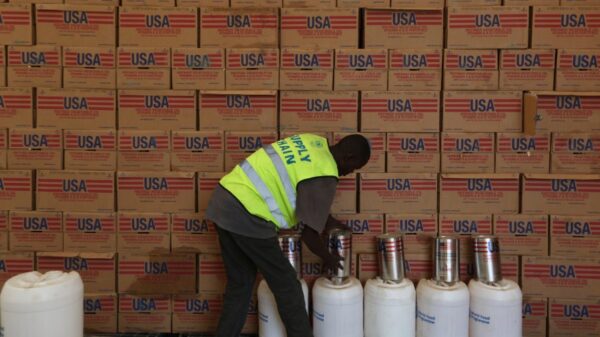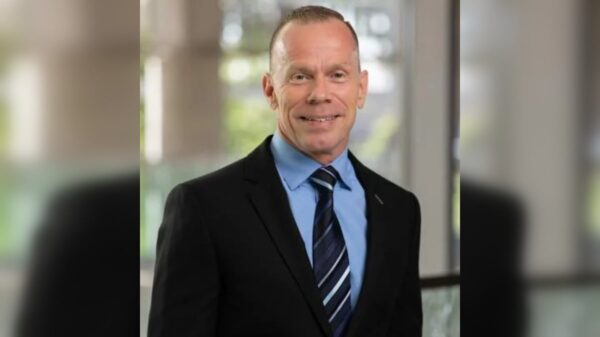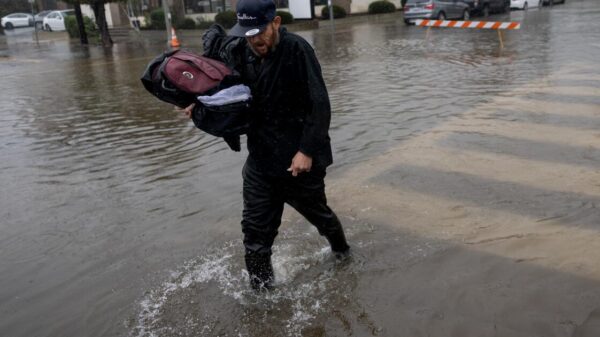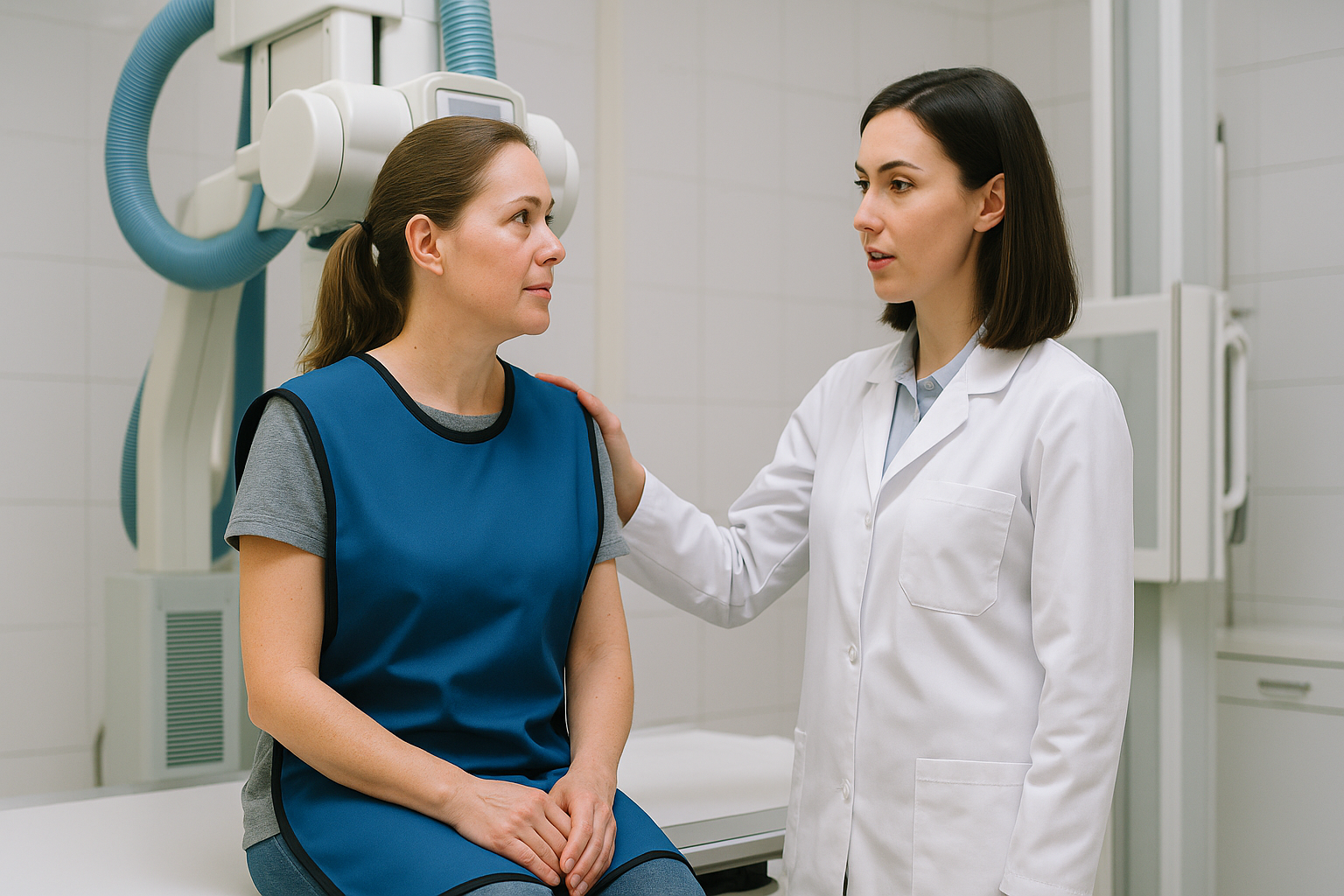The Radiation Shielding Debate: A Community Response
Recently, a radiologic technologist working in a hospital in Aurora, CO reported the adoption of a new NO shielding policy for patients including NICU babies and pregnant women. This has set off a firestorm of controversy within our community regarding the efficacy of patient shielding.
What Our Community Says: Survey Results
AHEC conducted a survey of our readership to gauge opinions on this controversial policy change. The results reveal strong support for continued patient shielding practices.
Question 1: Would you continue to shield patients if your facility changed policy?
- 86% said they would continue to shield patients even if their facility changed the policy
- 9% said they would selectively shield patients
- 1% said they would quit their jobs if that became facility policy
Question 2: Should patients be protected from all sources of medical radiation if possible and not in the procedure field of view?
- 91% follow ALARA principles (As Low As Reasonably Achievable)
- 7% believe some radiation doses are so minimal that no harm occurs
Question 3: What is your personal practice when using a portable or C-arm?
- 37% do not work with portables or C-arms
- 31% ask family members to step out of the room
- 20% have nurses and healthcare staff move 6 to 8 feet away from the x-ray tube
- 11% provide lead protection for everyone
Expert Perspective: Dr. Luis K Wagner
Many expert opinions have been declared as gospel regarding the safety of this new phase in radiation protection. We asked our radiation safety expert, Luis K Wagner, PhD, DABR, FAAPM, FACR, to share his perspective on implementing this policy and the principles of radiation safety.
Dr. Wagner is one of the foremost authorities in this field and is highly respected for his practical clinical approach. He is currently working on a webinar on this subject that will be available this quarter. In the meantime, his comprehensive series on radiation safety is available online in the AHEC store.
We will be providing his insights in a series of articles. His philosophy begins below.
Dr. Wagner Speaks: Challenging the “No Safe Dose” Mantra
“Many live by the mantra ‘There is no safe dose’. That mantra has instilled fear of radiation in many. If it were true, then we should ban airplane travel and visits to Denver, Colorado because those activities increase our exposures to radiation. In my opinion, that mantra is a lie.
If by ‘safe’ one means ‘zero risk’, then nearly everything we do during our visit with the mortal world is ‘unsafe’ and there would be no use for the words safe and unsafe. There is no escape. We are all doomed.
If by safe we mean that the activity does not MEASURABLY increase our risk for adverse effects, then lots of things become ‘safe’. People consider a trip to the grocery store or crossing the street safe activities as long as reasonable measures are taken to assure safety—e.g., wear a seat belt, wait for the light and look both ways. But we could still get killed because of some unanticipated event (I have personally escaped from events that could have killed me. I once took a picture while on vacation and then left my position to join my wife. Five seconds later an 18-wheel runaway truck plowed into the spot where I had been standing).
Some people consider very scary activities as safe—recreational sky-diving is one such activity. Suffice it to say, anyone who lives by the mantra that there is no safe dose will demand shielding in all circumstances as long as some truly minute level of radiation exposure can be saved. There is no useful discussion under these circumstances.”
Understanding Workplace Radiation Practices
“Our own standard practices tend to instill an inordinate fear of radiation into workers. Every facility that uses fluoroscopy or radiography requires that protective aprons be worn by personnel who are in the procedure room while x-rays are on. And by regulation, wearing of lead aprons is required. This policy is a very good professional policy because it encourages best practices.
This however has led to the perception that the radiation levels are dangerously high. That perception is false. If someone does happen to be in the room without a protective apron while x-rays are on, it does not mean they are at any inordinate risk. Those levels are very low and a one-time exposure does not represent anything to fret over.
What personnel sometimes fail to realize is that personnel wear lead aprons to prevent the long-term accumulation of radiation exposure to levels that do place them at inordinate risk.
In reality, if a medical radiation worker in Houston forgets to wear protective apparel for one day out of a year during fluoroscopy cases, they will not be at any greater risk from that additional one-day exposure than is an accountant who lives in Denver, Colorado. This is because that accountant will be exposed in a year to more radiation from naturally existing radiation than the Houstonian because radiation levels in Denver are higher than they are in Houston. In fact, theoretically, the accountant would be at greater risk.
I am NOT advocating personnel shed their protection. That would be professionally foolish and violates policies and rules. But the example sheds light on the reality of the low-level of risk involved.
And this type of incident has occurred. I once had an angiographer call me with grave concerns about her health because she realized that she spent her entire busy day doing many procedures but she forgot to put on her protective apron. I assured her that while that was a pretty egregious violation of good practice, it did not place her at any measurable level of risk.”
Stay tuned for the next installment about radiation safety from Dr. Wagner coming soon.



































































